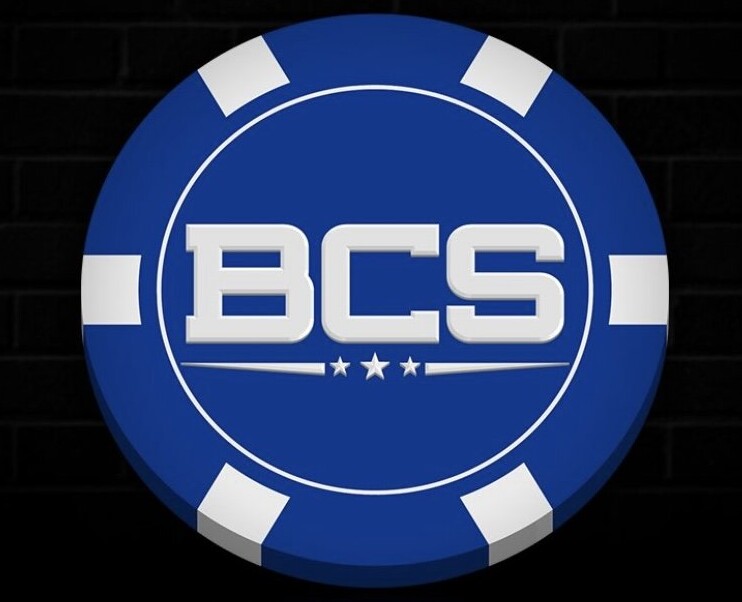Flying under the radar: Lonnie Phelps, Kansas (via Miami (OH))
Linebacker: Troy Brown, Ole Miss (via Central Michigan)
In the modern NFL, the off-ball linebacker has lost value — it hasn’t gone the way of the running back per se, but there are a small handful of them that are true game changers. In college football though, the star off-ball linebacker still carries some major cachet. Last year saw Henry To’o To’o show up in Tuscaloosa via Knoxville and provide a stable force at MIKE linebacker.
This year there’s a whole mess of experienced linebackers who jumped to new schools — Jackson Sirmon (Cal via Washington), Mohamoud Diabate (Utah via Florida), Darius Muasau (Hawaii via UCLA) — and a couple former blue chip recruits looking for fresh starts — Drew Sanders (Arkansas via Alabama), Ty’Ron Hopper (Missouri via Florida), and Branden Jennings (UCF via Kansas State and Maryland).
Yet, the most interesting move was pulled off by Lane “Portal King” Kiffin when he poached a monster from the midwest.
Troy Brown isn’t going to wow anyone in the SEC with his size (6-1, 220 pounds), but his aggression, downhill explosion, and non-stop motor should help him assimilate into the country’s best conference.
Brown, a three-time All-MAC player, brings 212 career tackles, 32.5 TFLs, 6.5 sacks, and five interceptions to the Rebels’ defense. He’ll step right in at WILL and help fill the void of two fellow former transfers, Mark Robinson and Chance Campbell, who are off to the NFL.
Despite his lack of size, Brown plays like he’s the baddest dude on the field and never shies away from mixing it up between the tackles. His trigger is fast and physical and should bring a swagger to the Ole Miss defense. Throwing his range into the equation, he’s got the ability to help string out running backs and slow chunk run plays.
To become a more NFL-ready run defender though, he’ll need to improve his ability to read keys and get off blocks. Sometimes, he’ll rely too much on his speed to make up for a misstep and that won’t work in the NFL, especially with his lack of length likely to hinder his ability to stack and shed.
The most important improvement to Brown’s game as he suits up in the SEC will be showing his athleticism can translate to passing downs. On passing downs the Chippewas would frequently blitz him to utilize that aggressive twitch, but he’s going to need to show he can zone drop and cover backs and tight ends. If he can move as well backward as he can forward, then he’ll quickly show he has the fluidity needed to play in space in the NFL.
Flying under the radar: Caleb Johnson, Miami (via UCLA)
Cornerback: Eli Ricks, Alabama (via LSU)
All Nick Saban does is adapt to college football — even the Jimbo Fisher kerfuffle was a calculated move to get his boosters to spend more on NIL. He sees the transfer portal as a way to reload with proven talent that’s looking for a bigger stage, and he only reaches into it when there’s a player available that fits a position of need.
Jameson Williams is now the poster boy for this process going from under-utilized speedster at Ohio State to 12th overall pick out of Alabama. This year, Saban has leaned even heavier on the portal with at least four new starters coming out of it, and the most likely to reach top-12 pick prestige is Eli Ricks.
When Saban can take former blue chip recruits who have proven themselves at the highest level from fellow SEC programs, everyone else should be terrified. A coaching change at LSU led Ricks, a former five-star recruit and Freshman All-American, to hit the portal. Viewed as a potential first-round pick prior to joining the Crimson Tide, he’s now got a chance to play himself into being the best cornerback in the nation.
Having just 14 games (and five interceptions) under his belt, Ricks fluidity and quick feet for a longer cornerback (6-2, 190 pounds) are the reason he’s got so much hype behind his name. The Tigers used Ricks length to play both press-man and cover 2 where he could disrupt the timing of routes at the line of scrimmage with his jam.
Moving to Alabama, he’ll get a chance to show more coverage versatility in Saban’s heavy pattern-match scheme that asks defensive backs to read routes to dictate the coverage they play. With his experience both mirroring SEC receivers in man and reading routes in zone, this transition should be seamless.
To truly solidify himself as a top prospect in the class, Ricks must do a better job locating the ball in phase. Sometimes he’ll struggle to disrupt passes despite sticky coverage because he won’t get his head around. With his size and smoothness, finding the ball is the key to unlocking true play making ability at the position.
Something else that will have to improve, especially if he’s playing for Saban, is his willingness to tangle in the run game. Similarly, to Derek Stingley, last season Ricks didn’t always seem like he was overly interested in being a force player or stepping up to make a tackle on a runner in the open field. That might have had a lot more to do with the situation than the player last year (like Stingley).
As the potential number one cornerback for a Saban defense that’s going to be competing for the National Championship, Ricks is going to get to showcase his raw tools for scouts every Saturday in the Fall. As he moves into playing pattern-match, his stock will continue to rise because of his fit to thrive in both man and zone.
